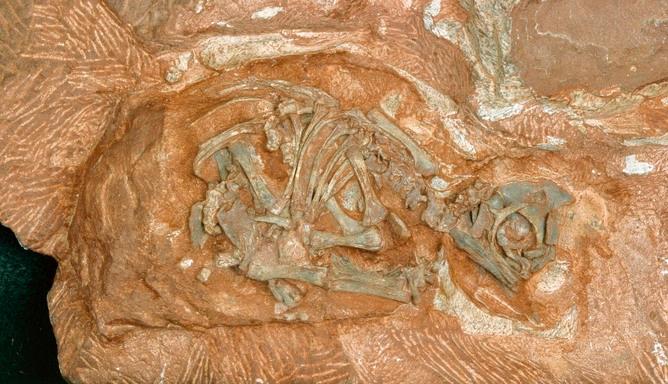In the late winter of 1976, the world famous fossil collector James Kitching was doing a survey near South Africa’s border with Lesotho. To his surprise he found a tiny clutch of six fossilized eggs along the side of the road at a place known as Rooidraai.
It took five years for skilled paleontologists to remove enough rock matrix from the eggs so that they could be preliminarily identified as the first dinosaur embryos from South Africa and the oldest dinosaur embryos in the world.
Research on dinosaurs has truly blossomed in the 40 years since Kitching’s extraordinary find and a great deal more is now known about the baby dinosaurs in the eggs. But the exceptional secrets they hold are only now being fully uncovered because of developments in technology. This month the eggs were flown to Grenoble, a city at the foot of the French Alps, where they are being examined under a powerful CT scan at the European Synchrotron Radiation Facility.
The secrets of the embryonic dinosaurs whose parents roamed South Africa 200 million years ago are in the process of being hatched.
These high-resolution, 3-D x-ray imaging methods are burgeoning in paleontology. With advances in modern imaging methods we are now able to digitally remove rock matrix while making 3-D models of the bones inside.

